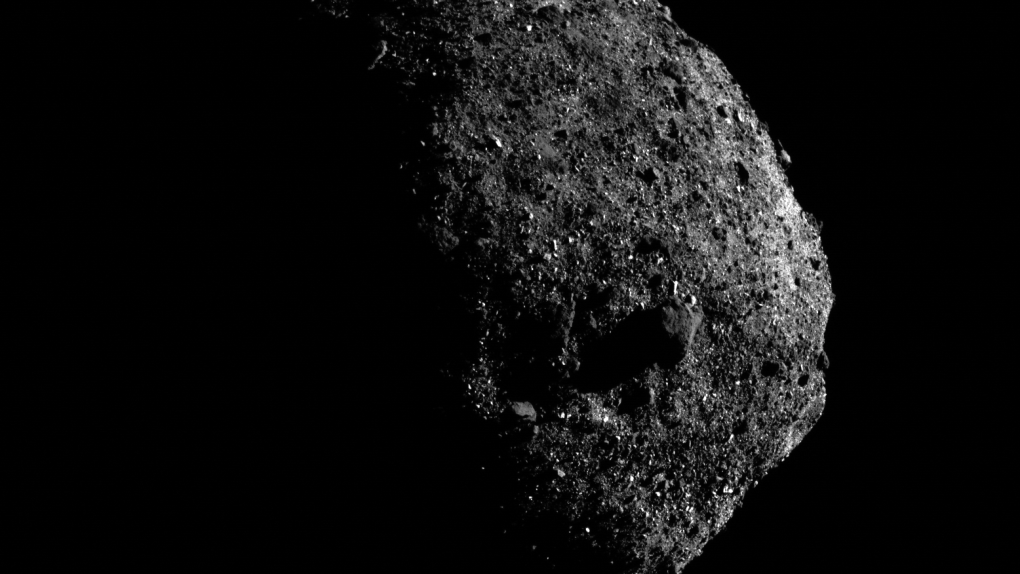It seems like only yesterday we were celebrating the arrival of NASA’s OSIRIS-REx asteroid probe at the space rock known as Bennu. Bennu is a big, beefy, messy rock with lots to see, and NASA’s probe spent a good deal of time studying its surface before it ever attempted to snatch a sample of material. Now that it’s completed its incredibly risky objectives, the probe is scheduled for a return to Earth, but first, it has to fly through space for a couple of years.
In a new blog post, NASA reveals that the spacecraft fired up its engines on Monday evening, giving it a nice push that allowed it to escape the gravitational pull of Bennu and begin its journey home. Scientists back on Earth are eager to get their hands on pieces of Bennu so that they can probe the rock for secrets it may be hiding, but they’re going to have to wait a while. The spacecraft will take another 2.5 years to get back to Earth where it will finally deliver its payload.
NASA calls the recent engine firing the “most significant maneuver” that OSIRIS-REx performed since arriving at Bennu. That’s understandable since the engine pushed the spacecraft away from Bennu at roughly 600 miles per hour. Still, despite that incredible speed, it’ll be years before OSIRIS-REx actually makes it back to our planet.
When it finally does, it won’t actually land back on Earth at all. Instead, it’ll perform a sample drop in which the capsule carrying the asteroid material will be released to fall back to Earth. NASA explains:
After orbiting the Sun twice, the OSIRIS-REx spacecraft is due to reach Earth Sept. 24, 2023. Upon return, the capsule containing pieces of Bennu will separate from the rest of the spacecraft and enter Earth’s atmosphere. The capsule will parachute to the Utah Test and Training Range in Utah’s West Desert, where scientists will be waiting to retrieve it.
The long multi-year trip back to Earth is similar to the length of time it took for the probe to reach Bennu after it launched. OSIRIS-REx began its trip in September of 2016 and didn’t achieve insertion into Bennu’s orbit until December 31st, 2018. During its many months in orbit, the probe mapped Bennu’s surface, hunted for a relatively safe place to obtain a sample, and then grabbed some material from the landing location designated “Nightingale.” The sample collection maneuver was the most dangerous part of the mission, as any miscalculation could have resulted in damage or a complete loss of the spacecraft.
But OSIRIS-REx survived, and now it’s headed back home. Once scientists are able to study the samples from the probe they may learn some interesting new things about the formation of Bennu and other asteroids like it, or perhaps even help us understand how the building blocks of our solar system resulted in life taking root here.








